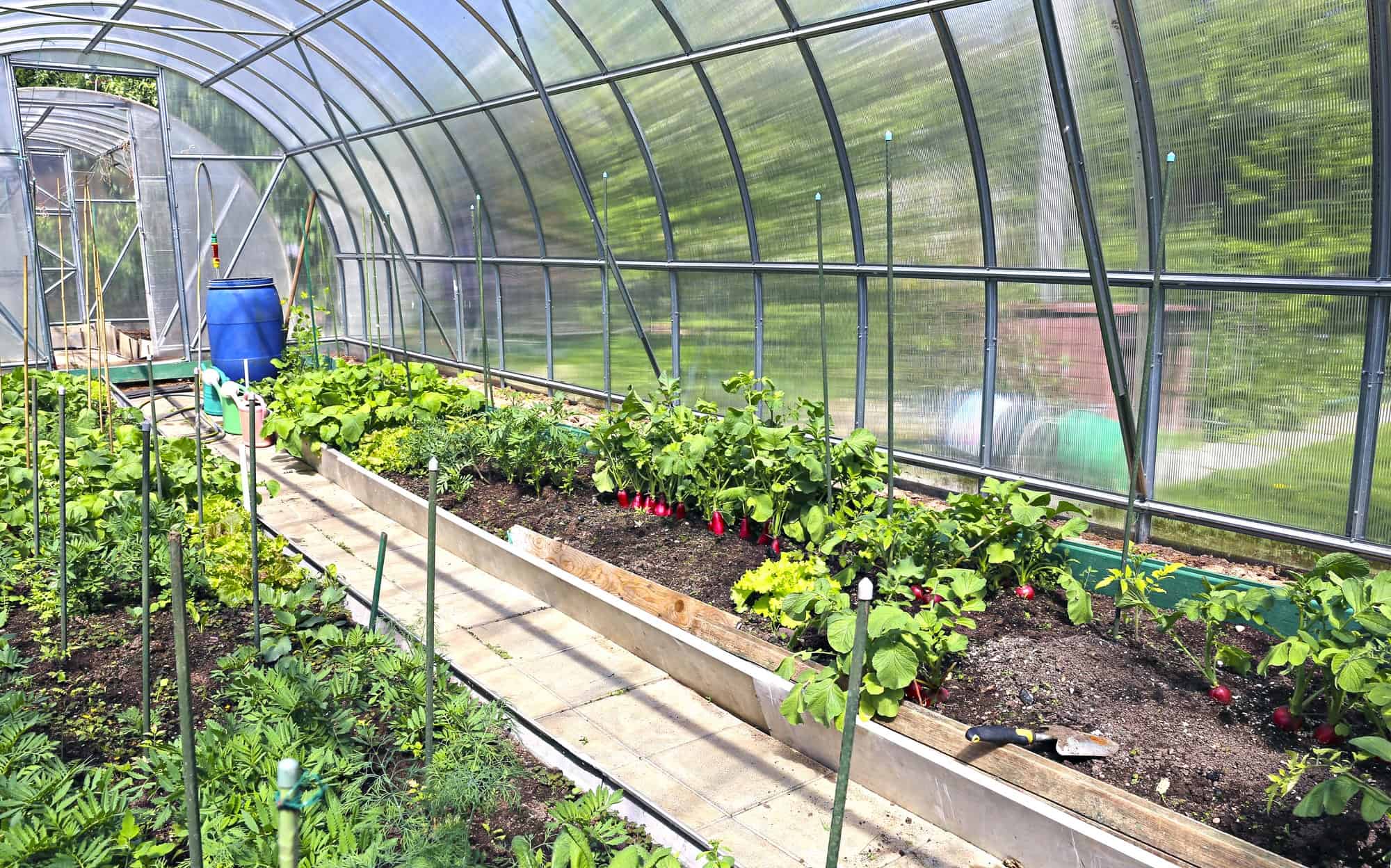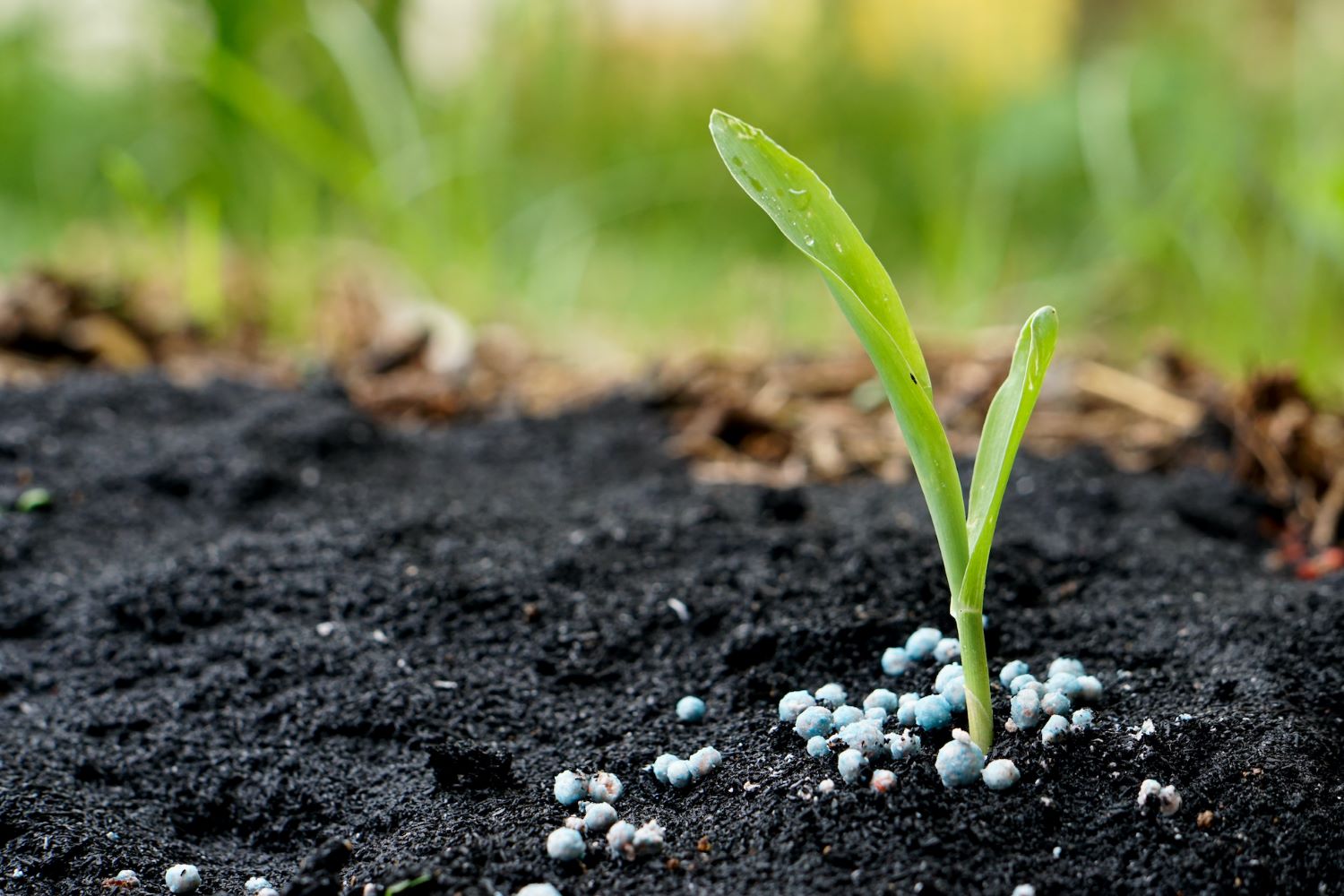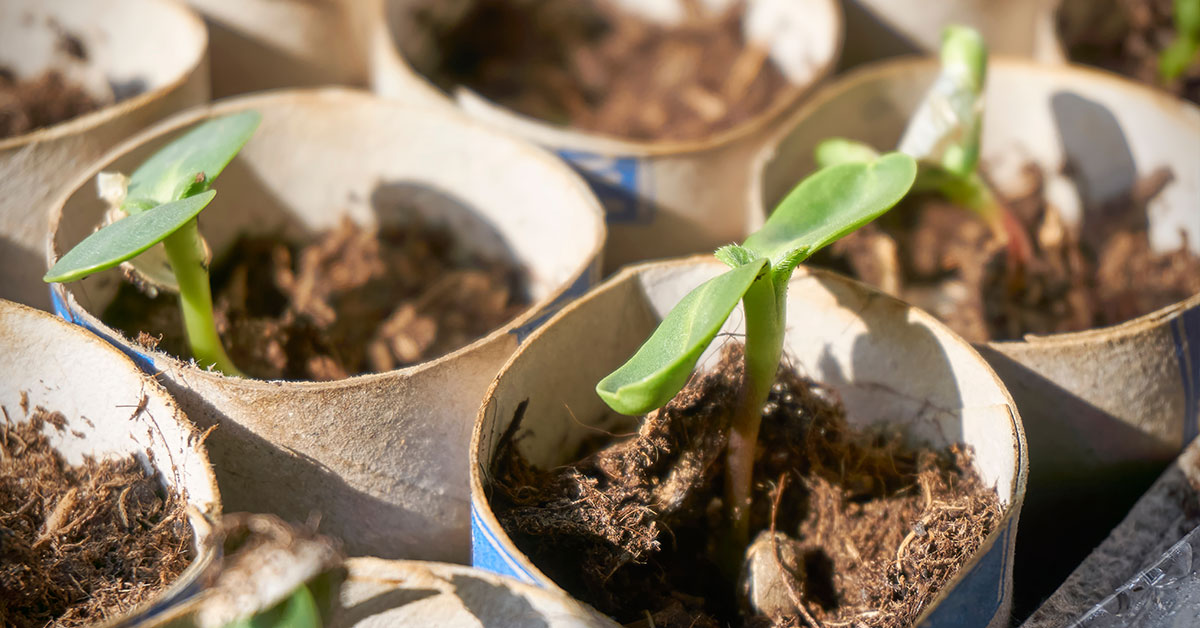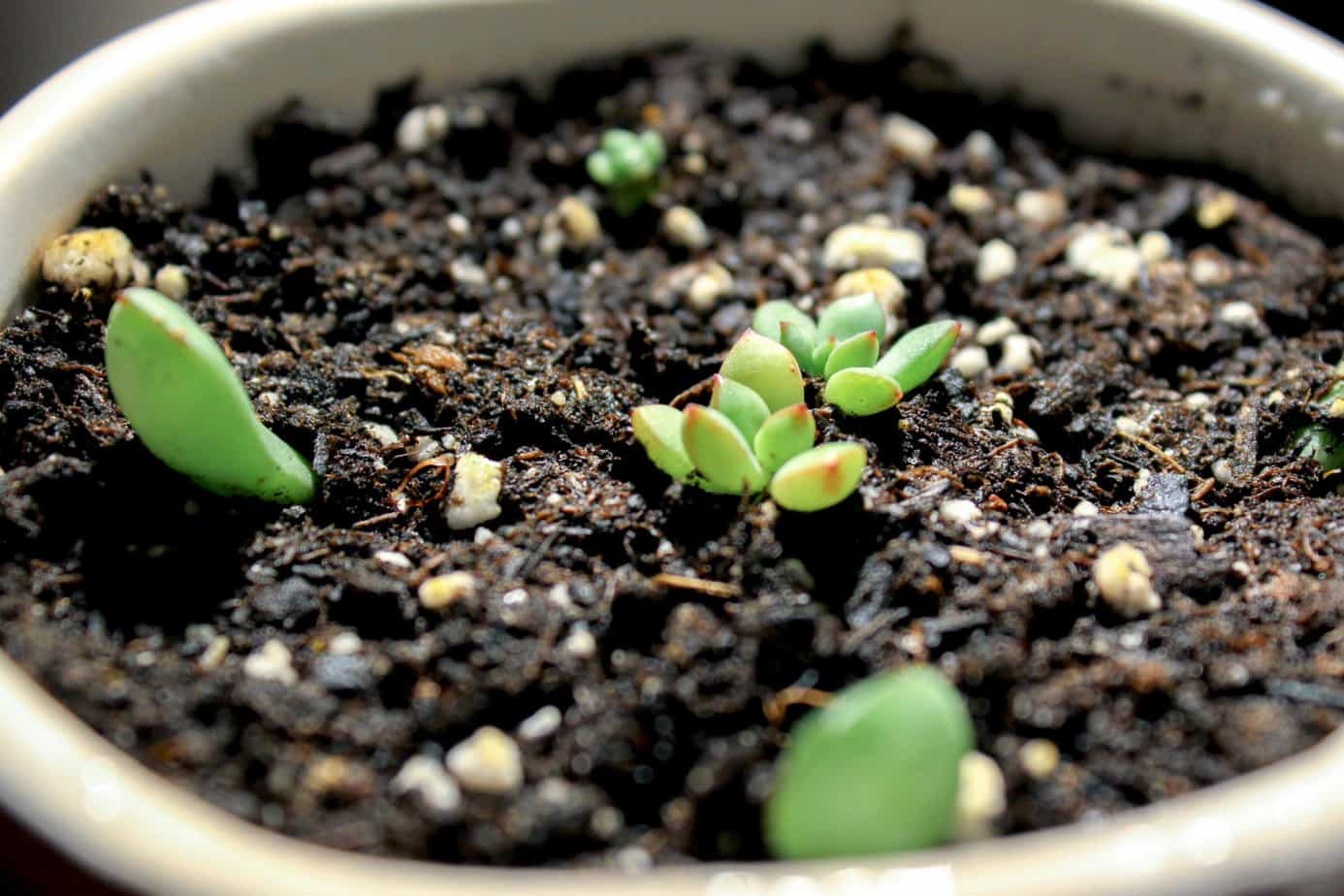Home>Gardening Techniques>Plant Care>How Long Does It Take Peach Trees To Produce Fruit
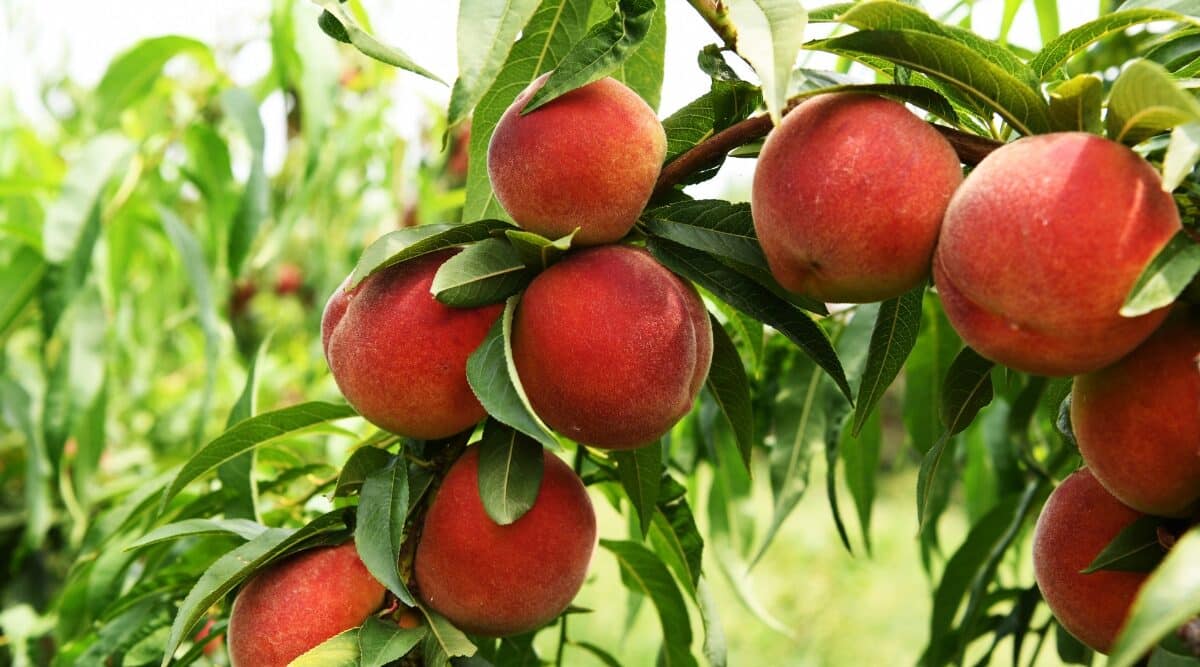

Plant Care
How Long Does It Take Peach Trees To Produce Fruit
Modified: February 10, 2024
Learn about the plant care for peach trees and discover how long it takes for them to produce delicious fruits.
(Many of the links in this article redirect to a specific reviewed product. Your purchase of these products through affiliate links helps to generate commission for Chicagolandgardening.com, at no extra cost. Learn more)
Table of Contents
- Introduction
- Factors Affecting Peach Tree Fruit Production
- Pruning and Training Peach Trees
- Growing Conditions and Soil Requirements for Peach Trees
- Fertilizing and Watering Peach Trees
- Pest and Disease Management for Peach Trees
- Timeframe for Peach Tree Fruit Production
- Harvesting and Storage of Peach Fruits
- Conclusion
Introduction
Welcome to the world of peach trees! Growing your own peach trees can be a rewarding experience, as you get to enjoy the delicious fruits right from your own backyard. However, many first-time growers are often eager to know how long it takes for peach trees to produce fruit. Patience is key in the world of fruit tree cultivation, as it takes some time for peach trees to reach maturity and start bearing fruit. In this article, we will discuss the factors that affect fruit production in peach trees, along with the necessary care and maintenance required to ensure a bountiful harvest.
Peach trees (Prunus persica) are deciduous fruit trees native to China, but they are now cultivated in many parts of the world. These trees belong to the Rosaceae family and are known for their delicious, juicy fruits. However, it’s important to remember that peach tree fruit production is influenced by several factors, including the tree’s age, cultivar, growing conditions, and proper care.
Before diving into the details, it’s worth noting that growing peach trees can be a long-term commitment. These trees typically require three to four years before they start producing a significant crop. So, if you’re looking for a quick yield, a fully mature peach tree may not be the best option for you. Nevertheless, don’t let that discourage you! The journey from planting to picking your own peaches is an exciting and rewarding one.
Throughout this article, we’ll explore the various factors that can affect peach tree fruit production, including pruning and training techniques, growing conditions and soil requirements, fertilizing and watering needs, as well as pest and disease management. By understanding these factors and implementing the necessary care practices, you can maximize fruit production and enjoy the sweet rewards of your own peach tree.
Factors Affecting Peach Tree Fruit Production
Several factors play a crucial role in determining the fruit production of peach trees. By understanding and addressing these factors, you can help your trees reach their full potential and yield a bountiful harvest. Here are the key factors to consider:
- Variety and Rootstock: The choice of peach tree variety and rootstock can significantly impact fruit production. Some varieties are known for their high yields, while others may have specific growing requirements or be more susceptible to certain diseases. It’s important to select varieties and rootstocks that are well-suited to your climate and soil conditions.
- Sunlight and Temperature: Peach trees thrive in full sunlight, requiring at least six to eight hours of direct sunlight per day. Adequate sunlight is necessary for the trees to undergo photosynthesis and produce sugars for fruit development. In terms of temperature, peach trees need a certain number of chill hours during the dormant period for proper bud formation and subsequent fruiting.
- Pruning and Thinning: Proper pruning and thinning of peach trees are essential for maximizing fruit production. Pruning helps maintain a balanced tree structure, promotes air circulation, and allows sunlight to reach all parts of the tree. Thinning of excessive fruit helps avoid overcrowding and promotes larger, higher-quality fruits.
- Pollination: Peach trees are self-pollinating, meaning they can produce fruit with their own pollen. However, cross-pollination with a different peach variety can lead to better fruit set and improved quality. If you have space, consider planting multiple varieties to enhance pollination and fruit production.
- Proper Nutrition: Peach trees require adequate nutrients for healthy growth and fruit production. Conduct a soil test to determine nutrient deficiencies and adjust fertilization accordingly. A balanced fertilizer with the right ratio of nitrogen, phosphorus, and potassium is crucial. Additionally, providing organic matter and micronutrients, such as zinc, can enhance fruit development.
- Pest and Disease Management: Insects, pests, and diseases can significantly impact peach tree fruit production. Regular monitoring, early detection, and timely intervention are essential for controlling pests and diseases. Use organic or chemical-based interventions as needed, and practice good orchard hygiene to minimize the risk of infections.
Keep in mind that these factors are interconnected, and a holistic approach is necessary for successful peach tree fruit production. Through careful consideration of variety selection, proper care and maintenance, and proactive management of potential challenges, you can create an environment conducive to achieving optimal fruit production from your peach trees.
Pruning and Training Peach Trees
Pruning and training are essential practices in peach tree cultivation that help shape the tree’s growth, promote optimal fruit production, and maintain overall tree health. Proper pruning and training techniques ensure that the tree remains manageable, open, and productive. Here are some key considerations for pruning and training peach trees:
- Timing: Pruning is typically done during the dormant season when the tree is not actively growing. The best time to prune peach trees is in late winter or early spring, before new growth begins. Avoid pruning during excessively cold or wet conditions, as this can increase the risk of disease.
- Structure: Pruning young peach trees focuses on establishing a strong framework of branches. Select four to six main branches that are evenly spaced around the trunk and well-distributed along the tree’s height. Avoid overcrowding and crossing branches, as this can hinder air circulation and lead to disease development.
- Branch Removal: Remove any dead, damaged, or diseased branches as they can serve as entry points for pests and diseases. Also, remove any suckers that emerge from the base of the tree, as they can divert energy from fruit production.
- Thinning: Thinning peach trees by removing excess fruit is essential for promoting larger, tastier fruits. Thin the fruit clusters to one fruit every 6 to 8 inches along the branch. This allows ample space for the remaining fruit to grow and helps prevent the tree from becoming overly burdened with fruit.
- Renewal Pruning: Peach trees benefit from renewal pruning, which involves removing older, unproductive wood to promote new growth. As the tree ages, regularly remove a portion of the oldest branches, encouraging new shoots to develop and ensuring a continuous supply of productive wood.
- Training: Training peach trees involves guiding the growth of branches to achieve an open, vase-shaped canopy. This allows sunlight to penetrate the entire tree and promotes even fruit development. Use stakes, wires, or trellises to support the branches and maintain the desired shape.
Remember, each pruning cut has the potential to impact the tree’s growth and fruit production. So, it is crucial to understand and implement proper pruning techniques. Consult pruning guides or seek advice from experienced growers to ensure you are pruning your peach trees correctly. Regular pruning and training not only improve fruit quality and yield but also facilitate better disease management by increasing airflow and sunlight penetration within the canopy. With proper care and attention, your pruned and trained peach trees will reward you with abundant and delectable fruits for years to come.
Growing Conditions and Soil Requirements for Peach Trees
Providing the right growing conditions and maintaining optimal soil quality is essential for the successful cultivation of peach trees. Understanding the specific needs of these trees will help ensure healthy growth, strong root development, and abundant fruit production. Here are the key factors to consider when it comes to growing conditions and soil requirements for peach trees:
- Sunlight: Peach trees thrive in full sunlight and require at least six to eight hours of direct sunlight each day. Choose a location that receives ample sunlight to encourage optimal growth and fruit production.
- Temperature: Peach trees are generally grown in temperate regions and require a certain amount of chilling hours during the dormant period for proper bud development. Different peach varieties have specific temperature requirements, so it’s important to select varieties that are suitable for your climate.
- Soil Type: Peach trees prefer well-draining soils with a pH between 6.0 and 7.0. Sandy loam or loamy soils are ideal for peach tree cultivation. Avoid heavy clay soils or areas prone to waterlogging, as these can hinder root development and lead to root rot.
- Soil Preparation: Before planting peach trees, it’s important to prepare the soil properly. Remove any weeds, rocks, or debris and ensure good soil aeration. Incorporate organic matter, such as compost or well-rotted manure, into the soil to improve its texture, fertility, and water-retaining capacity.
- Irrigation: Adequate and regular irrigation is crucial for peach tree growth and fruit development. The trees require consistent moisture, especially during flowering and fruiting stages. Avoid overwatering, as it can lead to root rot, and aim to provide water deeply, ensuring it reaches the tree’s root zone.
- Mulching: Apply a layer of organic mulch, such as wood chips or straw, around the base of peach trees. Mulching helps conserve soil moisture, suppress weeds, and regulate soil temperature. Leave a small gap between the trunk and mulch to prevent moisture buildup and discourage pests.
- Protection from Wind: Peach trees can be susceptible to wind damage, especially during storms or strong gusts. Planting windbreaks, such as fences or hedges, can provide protection from strong winds and help prevent limb breakage.
By providing the right growing conditions and maintaining a well-prepared soil, you will create an environment in which peach trees can thrive. Regularly monitor soil moisture levels, adjust irrigation as needed, and conduct periodic soil tests to ensure the soil remains balanced and nutrient-rich. A healthy and well-cared-for peach tree will reward you with abundant harvests of sweet and juicy peaches for many years to come.
Fertilizing and Watering Peach Trees
Proper fertilizing and watering practices are crucial for the growth and productivity of peach trees. These practices ensure that the trees receive the necessary nutrients and hydration to support healthy development and abundant fruit production. Here are some key considerations when it comes to fertilizing and watering peach trees:
- Soil Testing: Before applying any fertilizers, it is beneficial to conduct a soil test to determine the nutrient composition and pH of the soil. This will help you understand the specific fertilizer needs of your peach trees.
- Fertilizer Timing: Peach trees require regular fertilization to meet their nutrient requirements. Scheduling fertilizer applications in early spring, just as the tree begins to emerge from dormancy, and in late spring or early summer can help promote optimal growth and fruit development. Avoid late-season fertilization, as it can interfere with the trees’ hardening-off process.
- Nitrogen Application: Nitrogen is an essential nutrient for overall tree health and foliage growth. Apply nitrogen-based fertilizers in adequate amounts, following the recommendations from your soil test results and local extension office. Splitting the nitrogen applications into multiple doses throughout the growing season can help ensure a steady supply of nutrients without overloading the tree.
- Phosphorus and Potassium: Phosphorus and potassium are crucial for fruit development and overall tree vigor. Incorporate phosphorus and potassium-rich fertilizers, such as bone meal or potash, into the soil during the tree’s early development stages. Follow the recommended application rates to avoid excess buildup or nutrient imbalances.
- Organic Matter: Incorporating organic matter, such as compost or well-rotted manure, into the soil can improve its fertility and water-holding capacity. This promotes nutrient availability and enhances the overall health of peach trees. Apply organic matter annually during the dormant season.
- Watering: Adequate and regular watering is vital for the proper growth and fruit development of peach trees. While young trees require more frequent watering, mature trees should receive deep watering once or twice a week, depending on weather conditions. Water the trees deeply to ensure the moisture reaches the root zone. Avoid overwatering, as it can lead to root diseases and shallow root development.
- Drip Irrigation: Utilizing drip irrigation can be an efficient way to water peach trees. Drip systems allow for targeted watering at the base of the tree, minimizing water wastage and maximizing water absorption by the roots.
Remember to observe your peach trees closely and adjust fertilizer and watering practices based on their specific needs. Regularly monitor soil moisture levels and the overall health of the trees to ensure they receive the right amount of water and nutrients. By providing proper fertilization and adequate irrigation, you will support the growth and productivity of your peach trees, resulting in healthy trees and delicious, juicy peaches.
Pest and Disease Management for Peach Trees
Peach trees are vulnerable to various pests and diseases that can significantly impact their health and fruit production. Implementing proper pest and disease management practices is essential to protect your peach trees and ensure a bountiful harvest. Here are some key considerations when it comes to pest and disease management for peach trees:
- Monitoring: Regular monitoring of your peach trees is crucial to identify any signs of pest infestations or disease development. Inspect the leaves, branches, and fruits for any abnormalities, such as holes, spots, or insect activity. Early detection allows for timely intervention and effective control.
- Integrated Pest Management (IPM): Embracing an IPM approach involves using a combination of cultural, physical, biological, and chemical control methods to manage pests. Start by practicing good orchard hygiene, such as removing fallen leaves and fruits, which can harbor pests and diseases. Utilize barriers like netting to protect trees from bird damage. Introduce beneficial insects and spiders to control pests, and only resort to chemical treatments when necessary.
- Common Pests: Peach tree pests include aphids, peach tree borers, plum curculio, and leafhoppers, among others. Regularly check for the presence of these pests, and if infestations are spotted, consider using organic insecticides or insecticidal soaps to control their populations. Be sure to follow the product instructions carefully.
- Disease Prevention: Peach trees can be susceptible to diseases, such as peach leaf curl, brown rot, and bacterial spot. Preventive measures, such as prudent watering practices and proper pruning techniques, can help create an environment that discourages disease development. Use organic or chemical fungicides as necessary and strictly adhere to the recommended application rates.
- Beneficial Insects: Encouraging the presence of beneficial insects, such as ladybugs and lacewings, can help control aphid populations naturally. Additionally, providing habitat for pollinators, such as bees, can enhance cross-pollination and overall tree health.
- Professional Advice: If you are unsure about pest identification or the appropriate treatment methods, consider consulting with a professional arborist or your local extension office. They can provide expert advice tailored to your specific region and help you develop an effective pest and disease management plan.
Remember to always follow the recommended guidelines and safety precautions when using any pesticides or fungicides. Read and understand the product labels, and apply them in accordance with the instructions. By practicing vigilant monitoring, implementing integrated pest management strategies, and acting promptly when necessary, you can protect your peach trees from pests and diseases and ensure their continued health and productivity.
Timeframe for Peach Tree Fruit Production
Peach trees are not known for their immediate fruit production. It takes time and patience for these trees to mature and start bearing fruit. The specific timeframe for peach tree fruit production can vary depending on various factors, including the tree’s age, cultivar, growing conditions, and care practices. Here is a general timeline to give you an idea of what to expect:
First Year:
During the first year after planting a peach tree, the focus is primarily on establishing a healthy root system and overall tree growth. While it is possible for some peach trees to produce a few fruits in their first year, it is not the norm. Most of the energy during this initial stage is directed towards the tree’s growth and development rather than fruit production.
Second Year:
In the second year, you may start to see some flowering and fruiting, albeit on a small scale. The tree will have grown in size and strength, allowing it to allocate more resources towards fruit production. However, the number of fruits produced will likely still be limited, and the focus should still mainly be on developing a robust tree structure and root system.
Third Year and Beyond:
By the third year, peach trees begin to mature and can produce a more significant crop of fruits. The tree’s structural development and root system will have improved, allowing for increased energy allocation towards fruit production. However, keep in mind that the quantity and quality of the fruit will still be influenced by factors like proper pruning, thinning, and appropriate care practices.
Full Fruit Production:
Generally, it takes three to four years for a peach tree to reach full fruit production potential. At this stage, a well-established and properly cared for peach tree has the potential to produce a abundant crop of delicious peaches each year. The exact timeframe for reaching full fruit production can vary based on factors such as the tree’s genetics and growing conditions.
It’s important to remember that each peach tree is unique, and individual variations may occur. Factors such as the peach tree cultivar, regional climate, and local growing conditions can influence fruit production timelines. Additionally, proper care practices, including regular pruning, training, fertilizing, and pest management, play a significant role in optimizing fruit production.
While the wait for peach tree fruit production may require some patience, the reward of enjoying homegrown, juicy peaches is well worth it. With careful nurturing and attention, your peach trees will gradually mature and delight you with their flavorful fruits.
Harvesting and Storage of Peach Fruits
Harvesting and handling peach fruits properly is crucial for maintaining their quality and flavor. When it comes to harvesting and storing peaches, timing and proper handling techniques are key to ensure you enjoy the delectable taste of ripe, juicy peaches. Here are some important guidelines to follow:
Harvesting:
Timing is critical when it comes to harvesting peaches. The ideal time to pick peaches is when they are fully ripe, but not overly soft. To determine if a peach is ready for harvest, gently press the fruit near the stem-end. If it gives slightly and has a fragrant aroma, it’s likely ripe. Peaches should be harvested by gently twisting and lifting the fruit, leaving the stem on. Avoid pulling or tugging, as this can damage the fruit or the tree.
Handling:
Handle peaches with care to avoid bruising or damaging the delicate fruit. Place harvested peaches in shallow containers to prevent them from stacking on top of each other, which can cause bruising. Be gentle when transferring the peaches to avoid any unnecessary bruising or pressure on the fruit. Avoid piling too many peaches together, as overcrowding can lead to bruising and increased risk of spoilage.
Storage:
Freshly harvested peaches are best when consumed immediately. However, if you need to store them, it is essential to choose the right method to ensure their quality is preserved. Here are a few options for storing peaches:
- Short-Term Storage: If you plan to consume the peaches within a few days, store them at room temperature. Place the fruits in a single layer in a cool, well-ventilated area away from direct sunlight. Check them periodically for any signs of overripening or decay.
- Refrigeration: If you want to extend the shelf life of your peaches, place them in the refrigerator. Store ripe peaches in a plastic bag with a few ventilation holes to prevent moisture buildup and maintain freshness. However, keep in mind that refrigeration can affect the texture and flavor of peaches, so it’s best to consume them in a timely manner.
- Freezing: Freezing is an excellent option for preserving peaches for an extended period. Peel, pit, and slice the peaches before placing them in airtight containers or freezer bags. You can also lightly coat the sliced peaches in lemon juice to prevent browning. Frozen peaches can be used in smoothies, baked goods, or thawed for snacking.
It’s worth noting that peaches are delicate fruits and should be handled gently throughout the harvesting and storage process. Damaged or bruised peaches should be consumed promptly or discarded to avoid spoilage.
Remember, the flavor and juiciness of peaches are at their peak when fresh. Enjoy the fruits at their fullest potential by incorporating them into your favorite recipes, eating them fresh, or sharing them with friends and family. With proper harvesting, handling, and storage techniques, you can savor the delightful taste of homegrown peaches long after they are harvested.
Conclusion
Cultivating and caring for peach trees can be a rewarding endeavor that allows you to enjoy the sweet and juicy fruits they produce. While it takes time and patience for peach trees to reach their full fruit-bearing potential, the journey is worth it. By understanding the factors that impact fruit production, implementing proper pruning and training techniques, providing the right growing conditions and soil requirements, and practicing effective pest and disease management, you can maximize the productivity of your peach trees.
Remember to give your peach trees time to establish a strong root system and develop a healthy tree structure. Pruning, thinning, and training ensure open and well-ventilated canopies, which promote optimal sunlight exposure and air circulation. Providing adequate nutrients, water, and protection from pests and diseases are vital for nurturing healthy trees and maximizing fruit production.
When it comes time to harvest your peaches, pay attention to the timing and handle the fruit with care to preserve their quality. If needed, store the peaches appropriately to maintain their freshness and flavor for as long as possible.
Through proper care and attention to your peach trees, you’ll be rewarded with an abundant harvest of delicious fruits that can be enjoyed fresh, baked into pies, canned as preserves, or frozen for later use.
So, embrace the journey of growing and caring for peach trees. With knowledge, patience, and a little bit of effort, you can experience the joy of nurturing your own peach orchard and savor the mouthwatering taste of homegrown peaches for years to come.


